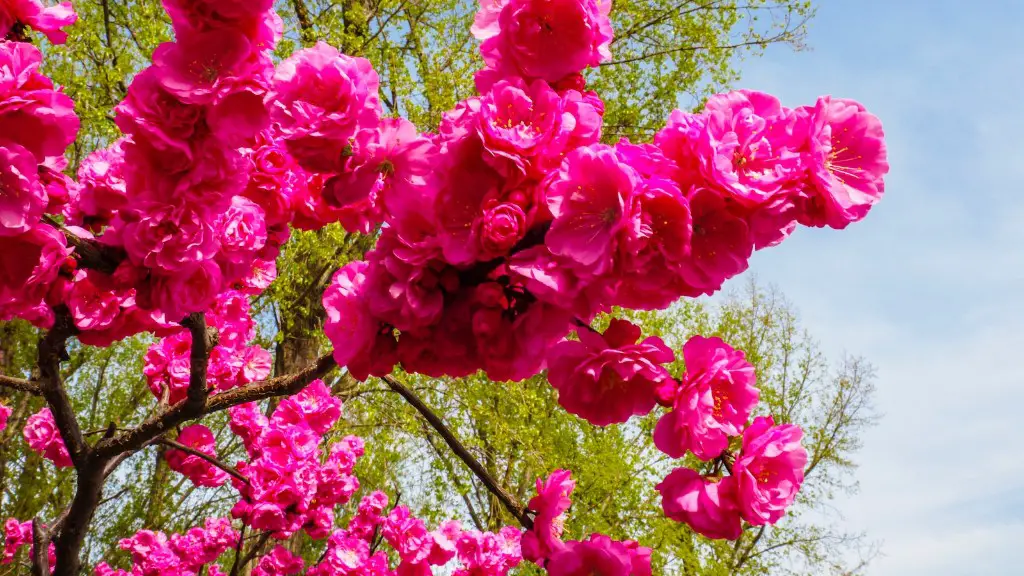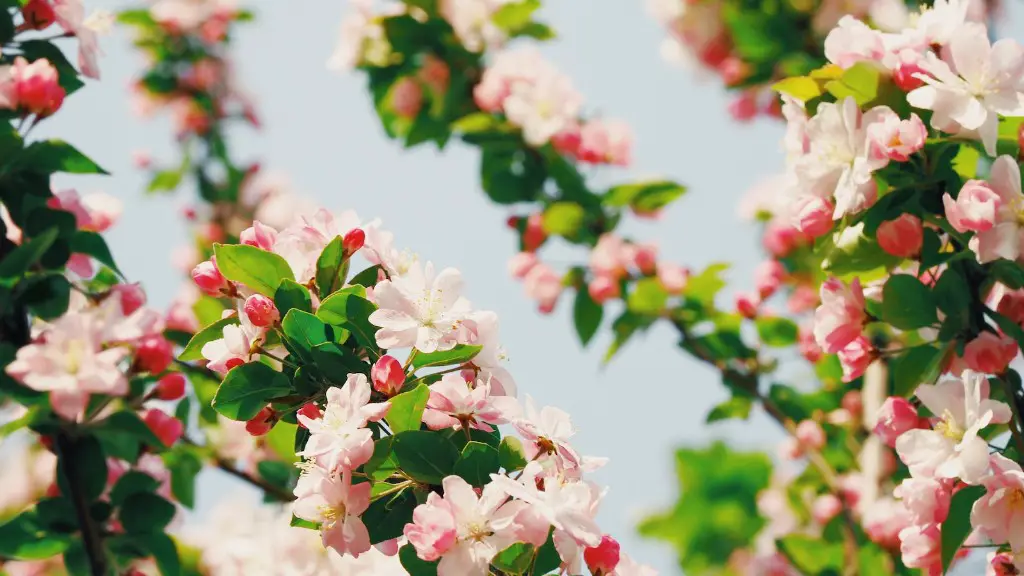Cherry Tree Basics
Planting a flowering cherry tree is a great way to add vibrant colour and life to any outdoor space. From their beautiful blossom in the spring to their luscious fruit and leaves in the summer, these trees offer a stunning seasonal show. Knowing what type of tree to plant, the best time to plant it, and how to help it develop properly after planting are all important questions that need to be answered before beginning.
Cherry trees come in a variety of types and sizes. Deciding which species is best for you depends on your climate, soil conditions, and what you’re looking for in a flowering tree. Some popular varieties are the East Asian flowering cherry, Japanese flowering cherry, and weeping cherry. Each of these types of trees deviate in terms of size and overall structure, so it’s important to do your research before making a selection.
Soil Preparation
Once you’ve chosen your tree species, the next step is to prepare the soil. Ideally, plants should be healthy right from the start. Unless you’re planted in a raised planter or pot, it’s not possible to control the soil environment beneath the tree, therefore soil preparation is key.
Organic material such as leaf mulch or compost should be worked into the soil for extra nutrition and tilth. This will help to condition the soil, encouraging the growth of new roots and shoots. To add further nutrition to the soil you can use slow-release fertilizers. This not only supplies vital nutrients but also helps to decrease soil compaction. After preparing the soil, make sure you provide 3 feet of free space for the root zone of the tree.
Planting the Tree
Once the soil is ready, you can begin planting your cherry tree. Prior to planting, examine the tree carefully to determine the depth at which it is planted in the nursery container. If it is planted too shallow, it can dehydrate quickly and become stressed. If it is planted too deep, the soil can over-water it, leading to a lack of oxygen as the roots struggle to reach air.
When planting, dig a hole slightly wider than the nursery container and just as deep, so the top of the root ball is no higher than the surrounding area. Place the tree into the hole and carefully spread out the roots. Fill the hole with soil, making sure to keep the root ball completely covered and tamp the soil down firmly.
Aftercare and Maintenance
Once your tree is planted, you need to make sure it is properly cared for. Water the soil deeply about once a week, but avoid overwatering as this will cause root rot. Avoid mulching too close to the trunk, since this isn’t ideal for cherry trees. If you’re in an area with frost, provide insulation on the trunk to protect it from cold weather.
When the tree is young, it should be pruned to promote growth and shape the tree into a natural form. To avoid stressing the tree further, it is advisable not to prune and remove dead or diseased branches until the tree is fully mature.
Pests and Diseases
Cherry trees can succumb to various pests and diseases. Most of these can be controlled by pruning, maintaining a regular watering schedule, and using protective sprays. Common pests include aphids, beetles, moths, and scale insects. Diseases can be caused by fungi, bacteria, and viruses. They can show up as spots, blobs, and entwined branches and leaves. If your tree shows signs of infestation or disease, it’s best to act quickly and deal with it before it results in long-term health problems.
General Care Tips
The key to a successful flowering cherry tree is regular care and attention. Remember to prune and shape the tree as it grows in order to maintain its structure and form. Check for any pests or diseases that may have taken hold and treat them as soon as possible. Fertilize your tree with slow release fertilizer to replace any nutrients that have been lost. Finally, with enough love and care, you should be able to enjoy the sight of stunning pink and white blossoms on your tree every spring.
Where to Buy Cherry Trees
In order to ensure your floral cherry tree is the best it can be, it is important to source the right variety. One of the easiest places to purchase cherry blossom trees is online. There are a variety of reputable nurseries and retailers available who offer different species of cherry flowers. Once you have chosen the appropriate variety for your location, you can simply order your tree online and have it delivered directly to your home.
Design and Layout Considerations
When planning the space in which you’ll plant your cherry tree, consider the size of the tree when it reaches maturity. In addition, think about the overall look and feel that you’d like to achieve: bright and cheery or calming and serene? Do you want to display a single specimen or include a mixture of different flowering trees in a shared landscape? Generally speaking, a flowering cherry tree provides an elegant statement and can add a great deal of character to your garden.
Methods to Increase Flowering
Although there is no guarantee that a flowering cherry tree will produce copious amounts of blooms, there are a few things that you can do to increase the chances. Ensuring that your tree is fed and watered regularly during the growing season and planting a variety suited to your climate are two important ways to promote flowering. Additionally, deadheading (removing spent flowers) can help the tree to focus its energy towards new buds and promote more blooming.
Final Considerations
When planting a cherry tree, be sure to select the right species for your climate and soil type. Overwatering or over-fertilizing can be damaging and can stunt the growth of the tree. Likewise, be sure to prune and shape young trees regularly as this helps to steer its development. Finally, keep an eye out for pests and diseases and address them immediately. With the right care, you’ll be sure to enjoy a beautiful cherry tree that will provide joy and delight for years to come.

